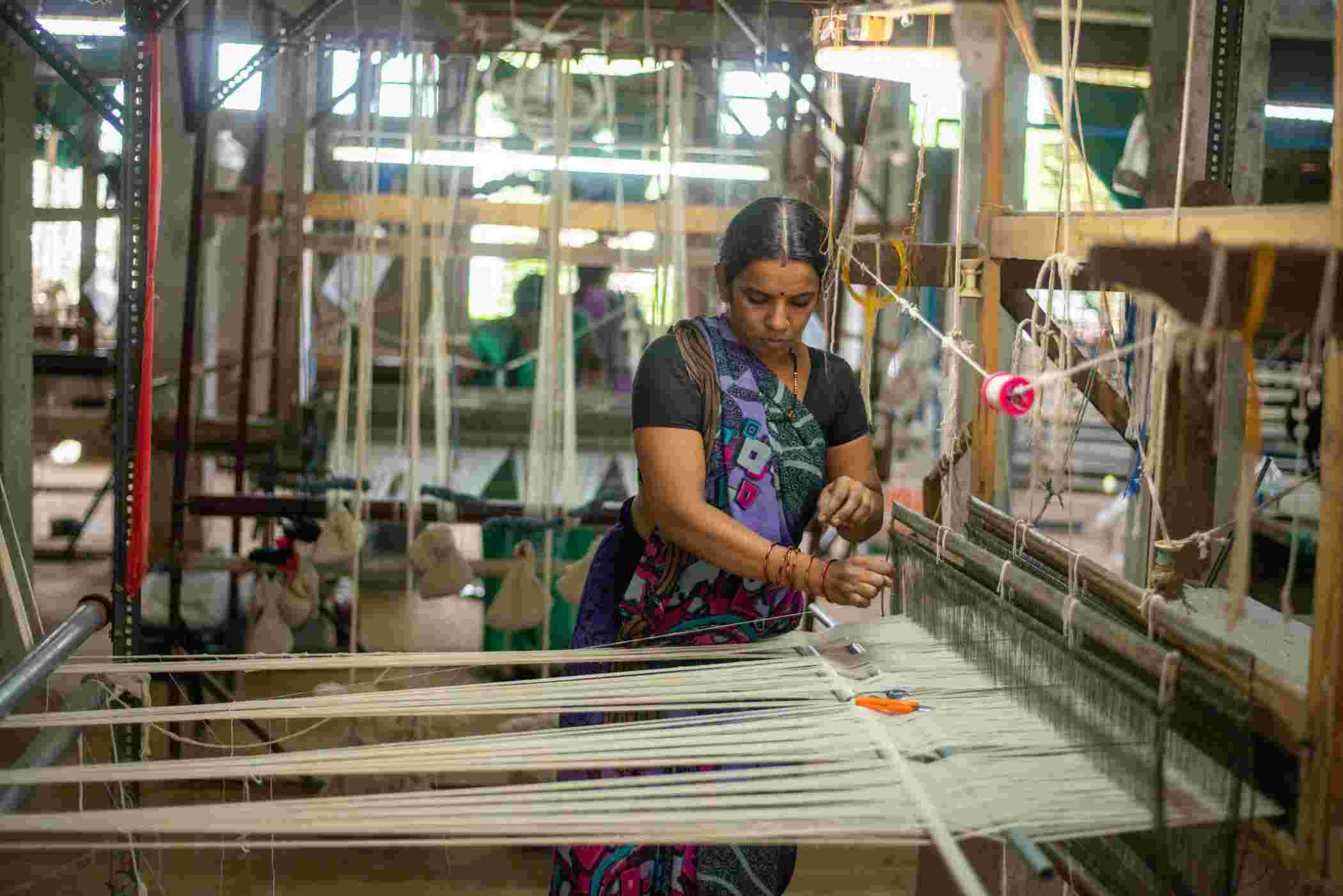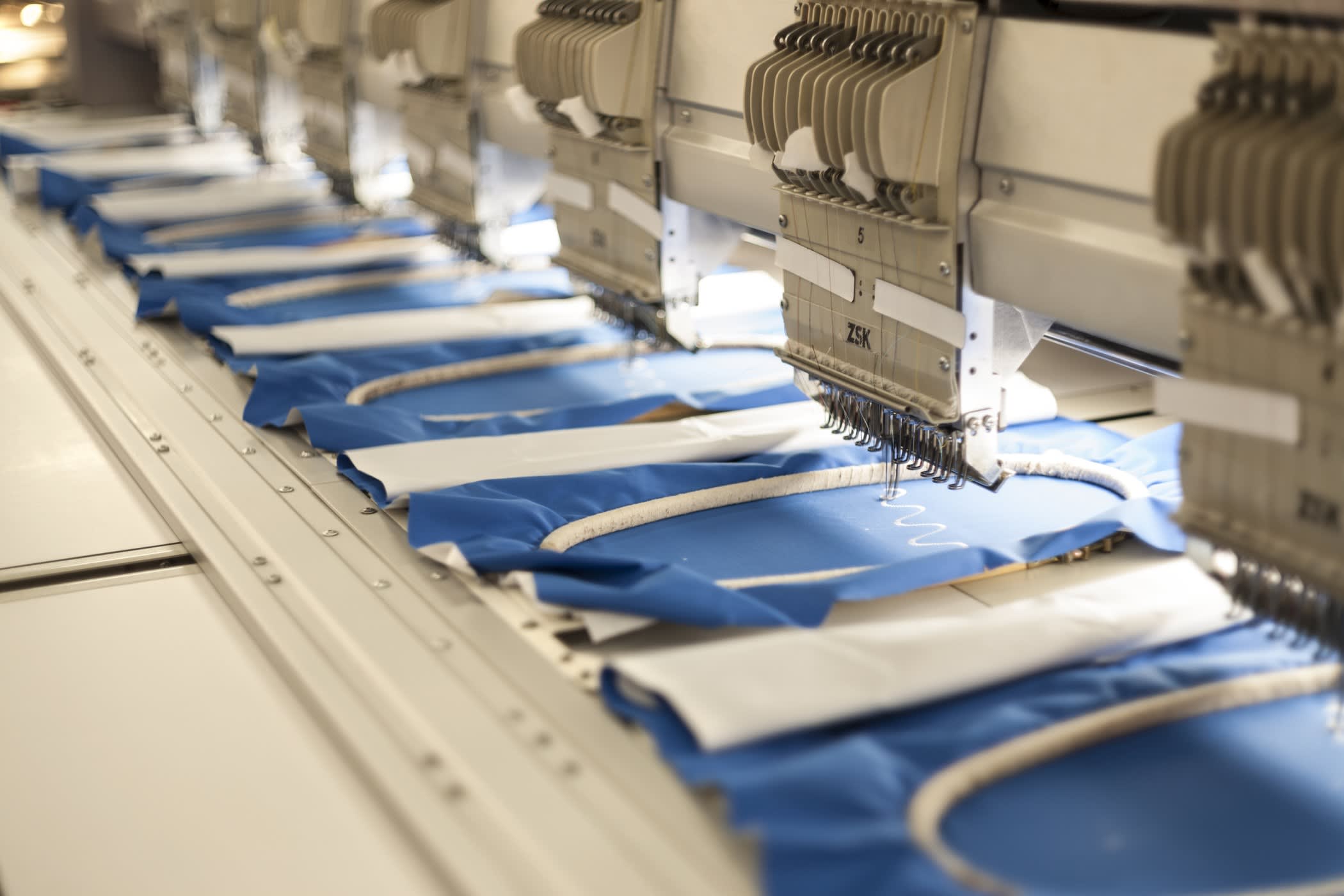List of Garment Defects to Watch Out For

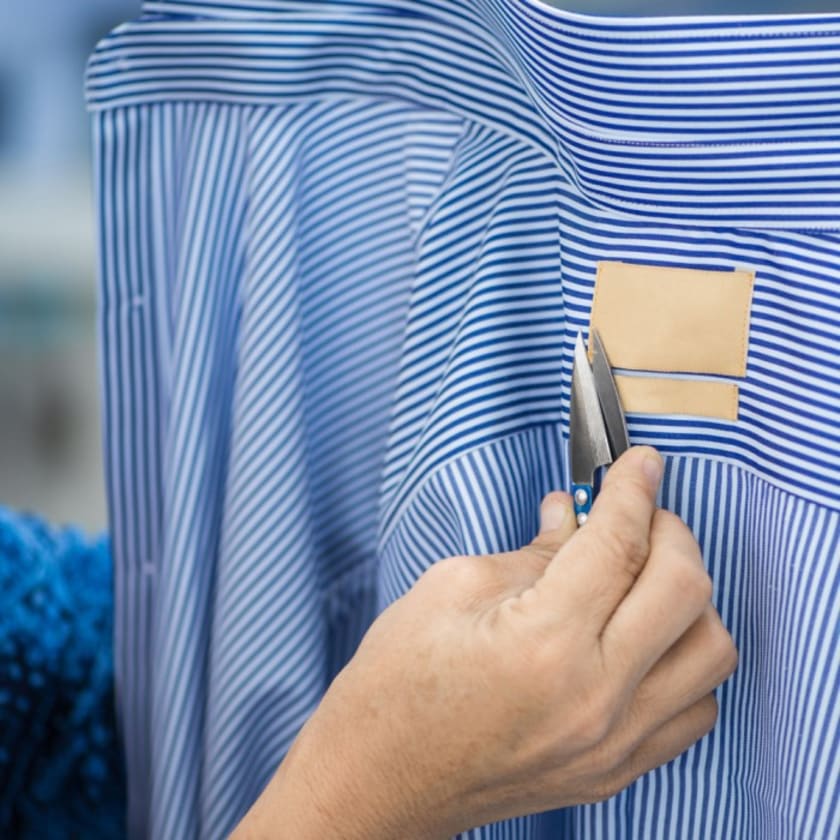

Garment manufacturing is one of the most crucial processes in the industry. The garment defects that occur are unintentional and need to be rectified. Therefore, it is essential to identify the different defects that may come up in the manufacturing process and cause issues in the final product’s quality. Let us know all get to know about these defects, followed by a list of the top ones.
What is a garment defect?
A garment defect is an issue that leads to the garment’s rejection in the quality process. Every garment has to undergo rigorous quality checks at different stages like raw material sourcing, finished item trimming, packing, etc. Companies need to produce products with minor defects to maintain the brand value and reputation in the market.
A brand with the least garment defects is set to earn more export sales, generate consumer confidence, etc. Quality expectations are different for different brands based on their customer segment and retail outlets. Some specific key considerations remain the same for all garments. Let us learn about the key considerations while checking for defects in garments.
Properties taken into consideration for garment defects
The national or other regional organizations lay the foundation of the quality certification and international quality standards for garments. This helps maintain the quality of garments for export standards. Multiple factors like perceived quality, visual quality, durability, reliability, and performance define the quality standards.
However, in any case of garment manufacturing, quality remains the question of customer satisfaction only. Before the garment reaches the end customer, it is essential to have set guidelines that can prepare standards for export quality garments. The key properties designed based on these factors while checking the garment defects are:
· The perfect form of the produced garment.
· The physical properties of the garment.
· The finishing properties of the garment.
· The overall looks of the produced garment.
· The packing or presentation of the final produced product.
· The overall feel and fall of the produced document.
· The color fastness of the produced document.
Different types of garment defects
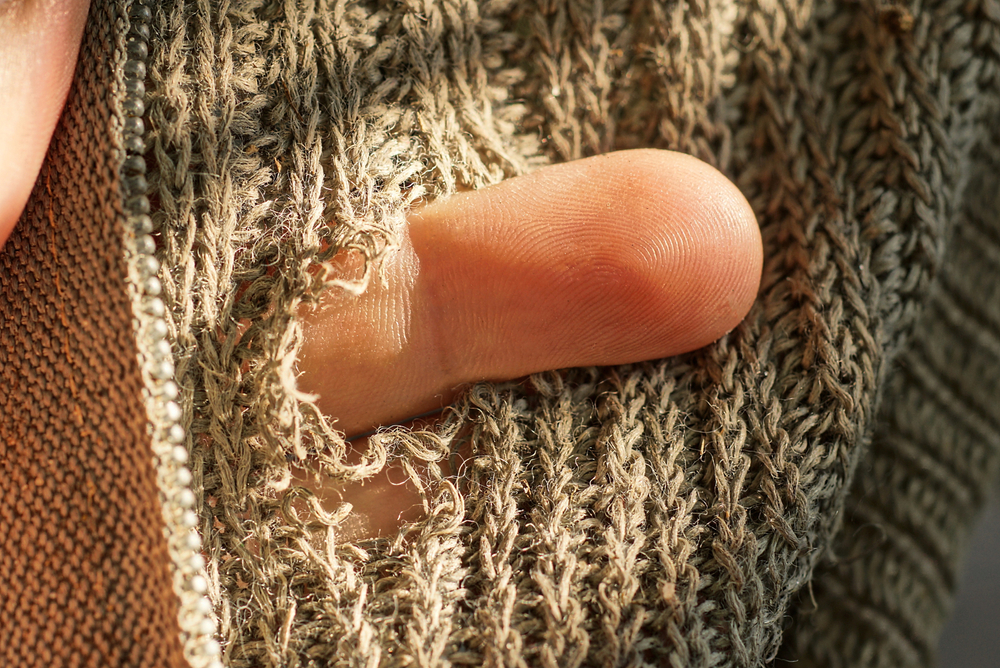
Garment defects can be divided into four main categories, which are:
· Color defects: Color is the first thing that comes to the scrutiny of quality inspectors. Hence, color defects are difference in the final product and the sample product, mismatch of dye among batches, use of wrong color accessories in the garment, etc.
· Physical defects: After colors are the key physical defects that come into the quick limelight. These defects include the difference in fabric used for making garments, improper trimming, uneven parts, inappropriate buttonholes, raw edges, hanging buttons, improper hemming, improper working of zippers, etc.
· Sewing defects: Sewing forms an essential part of garment manufacturing. The typical defects that can come during sewing are raw edges, problems in thread tension, improper garment creasing, missed stitches, mismatched color threads on the garment, or other wrong sewing techniques.
· Sizing defects: Garments often develop certain sizing defects like wrong-sized sleeves on faulty garments, the difference in two garment measurements from the same batch, use of wrong gradation sizes, etc.
Top garment defects list
After going through the different types of garment defects, let us look at the list of these defects with quick resolutions.
Color defects:
· Different shades: The issue of garment shading is one of the key color defects in garments. The different shades in the garment of the same batch can lead to the rejection of the whole set.
· Thread discoloration after washing: After washing the garment, thread discoloration occurs due to the pick-up of a turquoise or greenish tint. It gives an ugly appearance to the threads on the garments.
· Poor colorfastness after laundry: This happens when the thread doesn’t wash properly and starts accumulating dirt even after laundry.
How to eliminate color defects?
The production team needs to concentrate on the different steps that are critical for the colors of garments. The production team must use a thread of good colorfastness characteristics. The chemicals and laundry cycles should be properly administered. It is important to use thread with colorfastness features to eliminate poor colorfastness. Further, it is crucial to keep the garment colors, samples, and job cards prepared for color matching to eliminate the color defects.
Physical defects:
· Pattern defects: The issues in markers or poor line definitions lead to multiple pattern defects in the garments. This leads to improper spaces for knife clearances, wrong check matching, etc.
· Garment twists: This is due to the lateral rotation of the garment panels and is also called spirality or torque.
· Bowing: The curved fabric defect is due to the faulty take-up mechanism on the knitting machine.
· Stop mark or streaks: The stop marks or streaks occur due to the tension differences. They happen due to the sudden starting or stopping of machines.
· Ropy hem: It occurs when the hem is skewed and is not in a flat position.
· Twisted legs: The appearance of the jeans gets affected by twisted legs due to the twisted seam around the front.
· Disappearing stitches: It occurs due to the mismatch of the seams on the warp and weft section of fabrics.
How to eliminate physical defects?
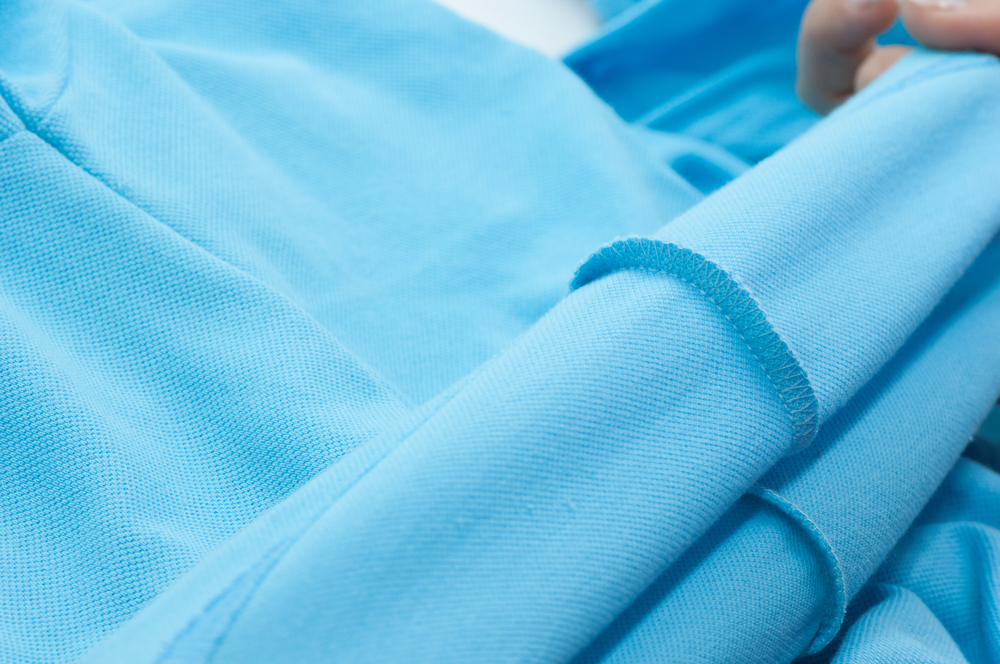
It is important to properly set the markers and line definitions to eliminate pattern issues. All the garment twists, bowing, ropy hem, and twisted legs can be solved by proper alignment of garments during the production process.
Sewing defects:
· Needle lines: These are the vertical lines on the garment that occur due to the needle's movement in the tight fit in slots or defective sinker.
· Puckered or cockled: An uneven yarn size or uneven stitches cause puckers or cockled garments.
· Running or ladder: A row of the dropped stitches in the wale indicates ladder defects in sewing garments.
· Tucking: It is also called the bird’s eye defect and occurs due to unintentional tucking of the garment during sewing.
· Boardy: The tight knitting of the stitches lead to boardy garments.
· Float: This is a defect that occurs when one or more needles miss the thread, and a missed stitch occurs.
· Dropped stitch: It occurs due to sewing that is too loose or improper setting of the thread carrier.
· Hole: Broken threads occur due to failed or missed stitches.
· Broken stitches: The stitches in the garments can be broken due to needle cutting, abrasion, chemical degradation, etc.
· Unraveling seams: The missed seams or broken seams require re-sewing or re-stitching.
· Restitched seams: These give the garment a look of poor quality merchandise and occur due to the splice in the sewing line.
· Rolling pockets or sagging: It is a defect that occurs when the pocket fails to maintain its shape and starts rolling or sagging after washes.
· Skipped stitches: It occurs when one seam crosses other seams.
· Inconsistent edges: The excessive ragged or rolls in seams cause uneven edges.
· Wavy seams: The issues in garment stitching cause wavy seams that fail to lay flat.
How to eliminate sewing defects?
It is essential to take care of the garment movements during every step of the sewing process. All seams and threads should be verified before use, while the sewing operator must ensure the proper machine is working.
Sizing defects:
· Cutting defects: Garments have distorted parts due to multiple cutting defects. This can be due to improper placing of drill marks, different sizes of top and bottom plies, faulty knife rotating at high speeds, etc. Sometimes, the garment parts get damaged by careless knife usage, overrunning of the previous piece, inaccurately opened slits, distorted garment parts due to improper marker positioning, etc.
· Spreading defects: Issues in plies cause the spreading defects in any garment. These include incorrect tension, wrong direction of plies, attracting or repulsing plies, etc. All these defects create finished garments that never meet the size tolerances.
How to eliminate sizing defects?
Garment manufacturers need to pay attention to every tool used in the cutting process to eliminate sizing issues in finished products. The plies should be appropriately aligned to eliminate any sizing defects in single batch garments.
Wrapping up
It is easy for garment manufacturers to navigate their way out of manufacturing issues and create high-quality garments after knowing the common garment defects. Many businesses prefer to take the professional help of B2B apparel manufacturing platforms like Fashinza. It is a dedicated platform that connects manufacturers, clothing brands, and suppliers in one place.
Further, the company takes charge of overlooking the entire production process from design to delivery to eliminate any possible issues of garment defects. It becomes easy for brands to place orders, track daily updates, communicate with manufacturers, and facilitate payments. All the manufactured garments are free from quality defects or unacceptable bulk inspection issues. It is one of the most accessible and affordable ways to make the garment manufacturing process quick, transparent, and hassle-free for several brands.















